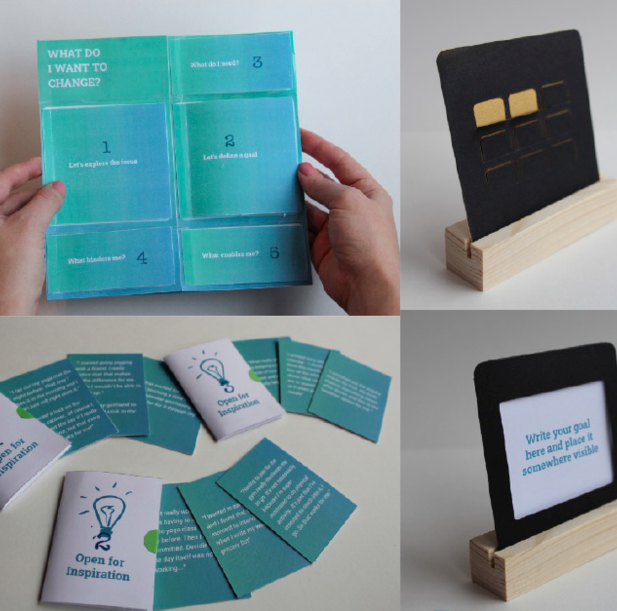Jos Kraal
What exactly do you do at the cutting edge of technology and healthcare?
I started working along this cutting edge while studying towards my Bachelor's degree in human movement science, and I’ve remained here ever since. Since I embarked on my PhD research, my focus has increasingly been on the patient and less on the technology, because I have noticed that we really need to start with the person, the user, when delving into technology.
One of the challenges in healthcare is to personalise treatments, tailoring them as specifically as possible to the individual needs of the healthcare user. For example, the positive effects of cardiac rehabilitation - that is increasing one’s condition and fitness after, say, a heart attack - have been conclusively proven. However, many of these patients drop out. This is partly because the approach to behaviour change is often a one-size-fits-all solution that does not take into account personal preferences and interests.
With my research on Self-Experimentation#, we want to explore whether and how we can support users in personalising lifestyle interventions according to their preferences and interests. This can be done through a kind of toolbox that helps patients choose from various microinterventions, and encourages them to reflect on their experiences. For example: did I enjoy the walk? Right now, we are testing Self-Experimentation as a strategy in limited circles and it is still virtually free of technology. But we are looking at how we can integrate it into a smartphone app, which would then also monitor movement data, for example. All this development is done in co-creation with users.
In the research of my health ambassador Richard Goossens, the user is also always central, but he mainly works on innovations inside the hospital. For example, he looks at how we can support orthopaedists and surgeons in smarter and better ways in the consulting room and in the operating theatre. My research is more on (secondary) prevention and treatment before or after a hospital visit.

What is your impression of the medical world?
In all of our projects we believe we should develop solutions together with users and stakeholders. With all the politics, fees and other structures that are in place in healthcare, there is an extra layer to that. But it is super interesting with all the challenges that are involved. And despite these challenges, innovation is always in demand in healthcare.
I also notice a lot of enthusiasm among healthcare professionals about ideas we can generate as design researchers, and the visual tools we use to map problems, needs or information. Ultimately, though, everyone wants to see hard results. So, how does your innovative approach affect blood pressure, or quality of life? Collaborating with the healthcare sector therefore holds tremendous value for us.
Image: PROTOTYPE OF A SELF-EXPERIMENTATION TOOLBOX THE PROVIDES INSTRUCTIONS, INSPIRATION AND SUPPORT FOR BEHAVIOR CHANGE.
Do you have a top tip for engineers who work in the medical field, or who would like to do so?
It is very important that healthcare professionals are on board with your thoughts and with the development of your innovation, so that they are also on board when it is ready for implementation and large-scale rollout. You really need everyone.
And be aware of all the forces and aspects at play in healthcare: politics, roles and protocols. Research in a hospital is different from passenger research on public transport, for example.
# See, amongst others, this article by my graduating student Antonia Fedlmeijer et al.: “Finding what fits: Explorative self-experimentation for health behaviour change".
